Those were the Swiss days! Whatever happened to…?

To mark Swiss National Day this year, we asked you to get nostalgic and think of anything – gadgets, people, places, food – that reminded you of a Swiss experience from when you were young(er).
Here are five blasts from the past – some suggested by you and some by us – and what happened to them. What other ones come to mind? What else would you like us to check out? Write to us at english@swissinfo.ch.
Whatever happened to…
… the Swatch Twin Phone?
“The Swatch Twin Phone brings a breath of fresh air to a market that still tends to be dominated by lacklustre styling and functionalism,” proclaimed the press release in September 1989.
The breath of fresh air – or gimmick – was that the base of the phone also contained a mouthpiece and earpiece, so two people could chat to a third person (or fourth if they also had a Twin Phone) without having to press their heads together.
The colourful plastic phone was created “for individuals of all ages looking for a ‘new connection’”, but in practice it appeared to be targeted at the MTV generation, if these extraordinary adverts are anything to go by. They certainly don’t make them like this anymore!
The phones, which cost CHF125 ($75 at the time and CHF175 ($175) today), could also hold 20 numbers and pre-recorded numbers could be dialled by name.
Swatch Twin Phones are no longer made (Swatch couldn’t confirm when exactly they were discontinued although it pointed out that a cordless version appeared in 1996), but they live on in countless photo-sharing platforms and can still be bought on various online forums.
… Cilo bicycles?
Cilo (pronounced “seelo”) is an acronym – more or less – for Charles Jan Lausanne-Oron. Charles Jan founded his bicycle company in Oron-la-Ville, western Switzerland, in 1914 and in 1927 moved it to Romanel-sur-Lausanne.
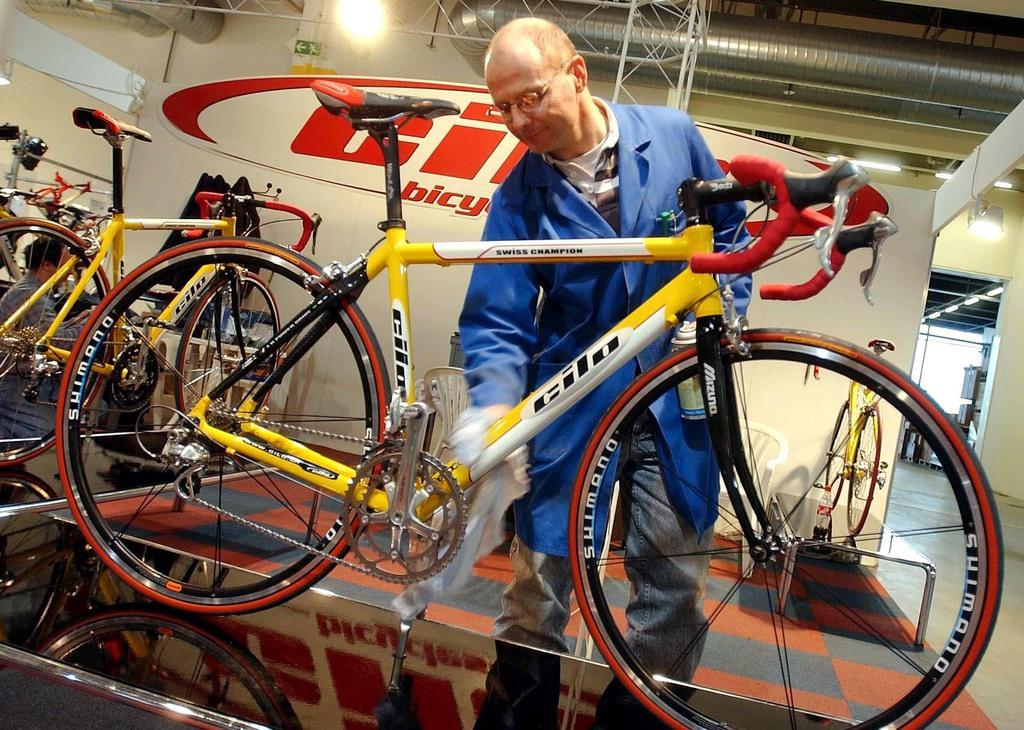
It produced models for the great names of Swiss cycle-racing – Ferdi Kübler, Hans Knecht, Hugo Koblet and Tony Rominger – and in 1950 branched out into mopeds. But, as with other Swiss bicycle manufacturers, Cilo faced competition from cheaper imports and was caught out by the mountain bike craze. The company filed for bankruptcy in 2002. New investors tried to reboot the brand in 2005, but the company was liquidated in 2009.
However, old Cilo bicycles can still be found online and new Cilo frames are made by Wim KolbExternal link for Zurich-based company ColagExternal link, which has held the Cilo brand rights since 2016.
… the stars of Die Schweizermacher?
Die Schweizermacher (The Swissmakers) is by far the most successful Swiss film ever (in Switzerland) – it’s estimated that a fifth of the population saw it in the cinema on its release in 1978. The satire focuses on two cantonal police officers responsible for checking out people who are trying to become Swiss – and the bureaucratic hurdles these people have to overcome. The film starred Emil Steinberger (on the right in the image below) and Walo Lüönd. An English version exists with subtitles.
In this swissinfo.ch video, the film’s writer and director, Rolf Lyssy (still alive at 82), explains why the film is still relevant 40 years on:
Emil Steinberger is a Swiss national treasure. Known simply as Emil, the seemingly perma-jolly entertainer was born in Lucerne in 1933 and made a name for himself as a cabaret artist and stage actor. His television sketch show was also a hit in Germany and Austria and he appeared in countless adverts for a wide range of products. From 1993 to 1999 he lived in New York for the anonymity. Since then he has written books, voiced radio plays and audio books and kept creatively busy.
Walo Lüönd (1927-2012) was a tailor by training before turning to cabaret, theatre, cinema and television. He appeared in more than 100 films, including the main role in Dällebach Kari in 1970. After The Swissmakers, the film for which he is best known, he continued to act and spent his final years in Locarno.
… Tigerfinkli?
In the 1960s, no self-respecting Swiss kindergartner – boy or girl – would be seen without their Tigerfinkli: tiger-print shoes with red toecaps and pompoms. Ignoring the fact that the pattern looks more like a leopard than a tiger, sales are still strong 80 years after Zurich cobbler Edi Glogg made his first pair.
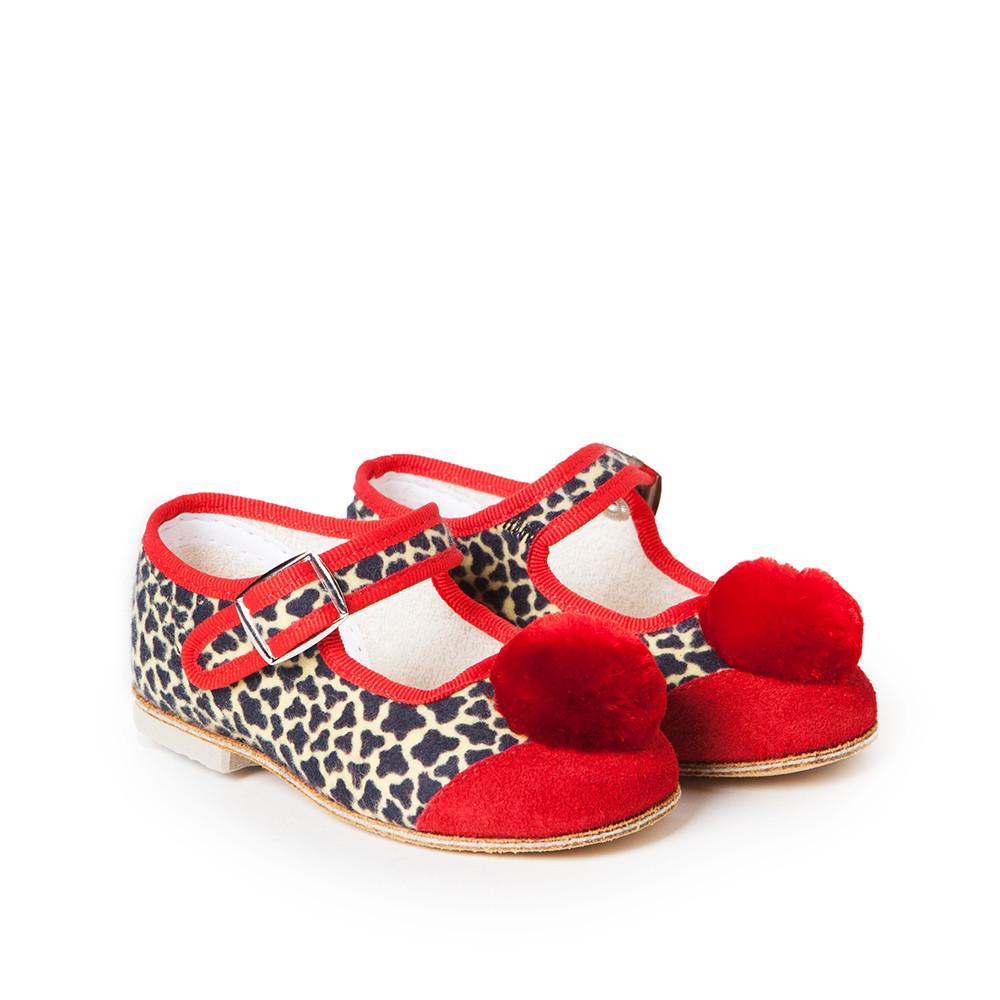
The brand wobbled in the mid-1980s, but Glogg’s business was bought by Hans-Ruedi Dussling, who streamlined production and renamed it Tiger SwissExternal link.
Several designs of shoe are now available in various colours – for big kids too. Apparently women’s sizes 38 and 39 (US 7-8) sell the best.
… that sweet, creamy tart from Fribourg?
This is a bit of personal nostalgia. Many years ago I had a lovely dessert in Fribourg, but whatever happened to it? I don’t mean how does the human digestive system work – rather, what was it called so I could buy it again? Having done some intense research, I can confirm it was a Vully TartExternal link, a tasty bit of pastry from western Switzerland, specifically from the region around Lake Neuchâtel, Lake Biel and Lake Murten (which is next to Mount Vully).
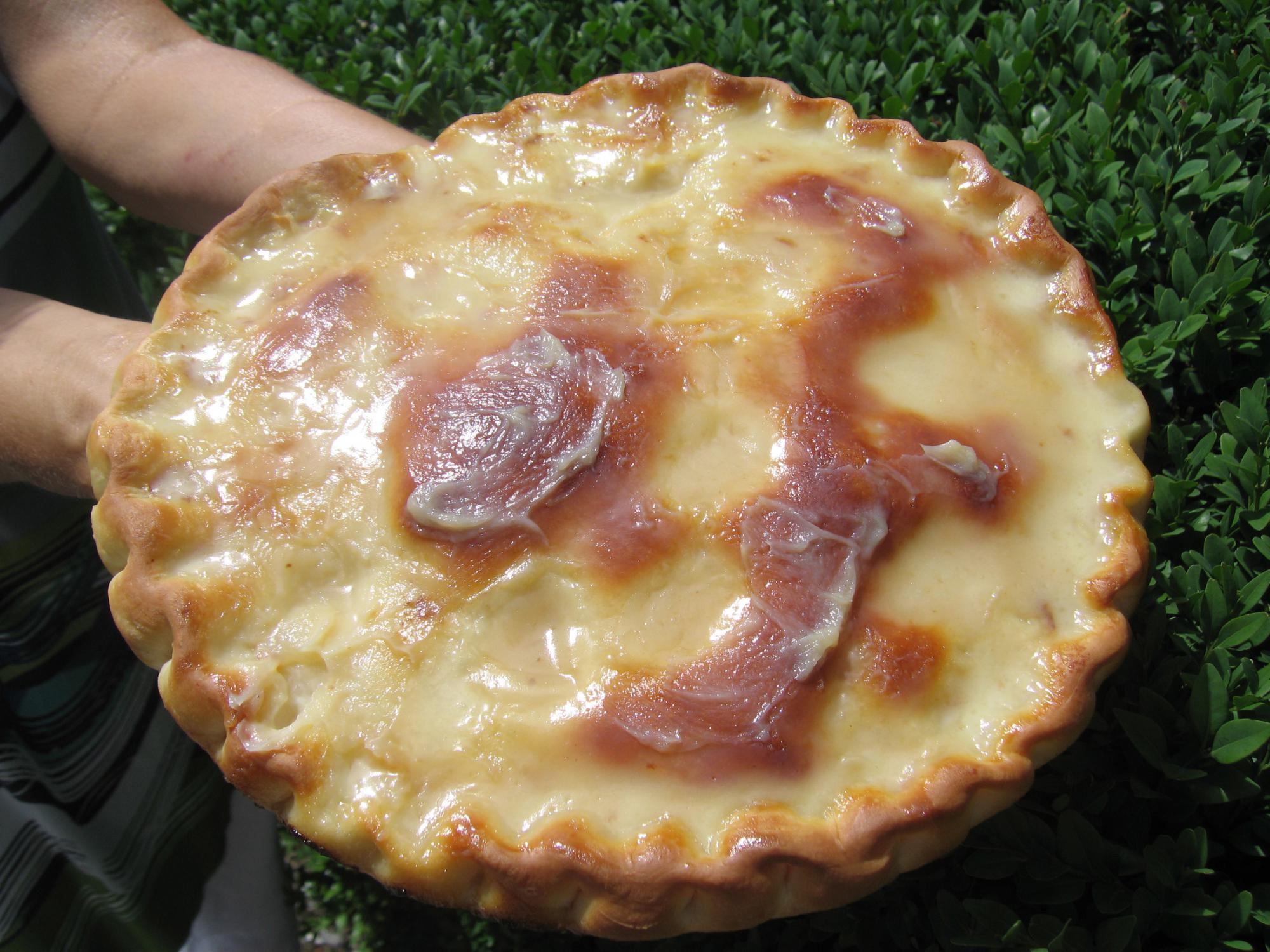
Originally the tart was savoury, flavoured with bacon and cumin, but as sugar became a common foodstuff, the sweet version took over. Here is one recipeExternal link (swissinfo.ch accepts no liability for sudden weight gains).
You’re never far from a Vully Tart in that region – especially at festivals such as Swiss National Day – and here are a few placesExternal link where you can get your fix in Fribourg. The award-winning Boulangerie-Pâtisserie GuillaumeExternal link bakes a 56cm version.
The term nostalgia, which comes from the Greek for “homecoming” and pain”, was coined in 1688 by Basel medical student Johannes Hofer to describe the anxieties displayed by Swiss mercenaries who wished they were homeward bound. Homesickness is also known as the “Swiss illness”.
Nowadays, nostalgia is usually less pathological and more rose-tinted – fond memories from one’s youth, for example, or a wistful, sentimental yearning for a time that one didn’t necessarily experience directly. Advertisers (and certain politicians) are well aware of the power of nostalgia: in Switzerland, William Tell and Heidi – and the idyllic Alpine lifestyle in general – are used to sell everything from chocolate and cheese to beer and jeans.

More
Whatever happened to: Saturday morning school?

In compliance with the JTI standards
More: SWI swissinfo.ch certified by the Journalism Trust Initiative







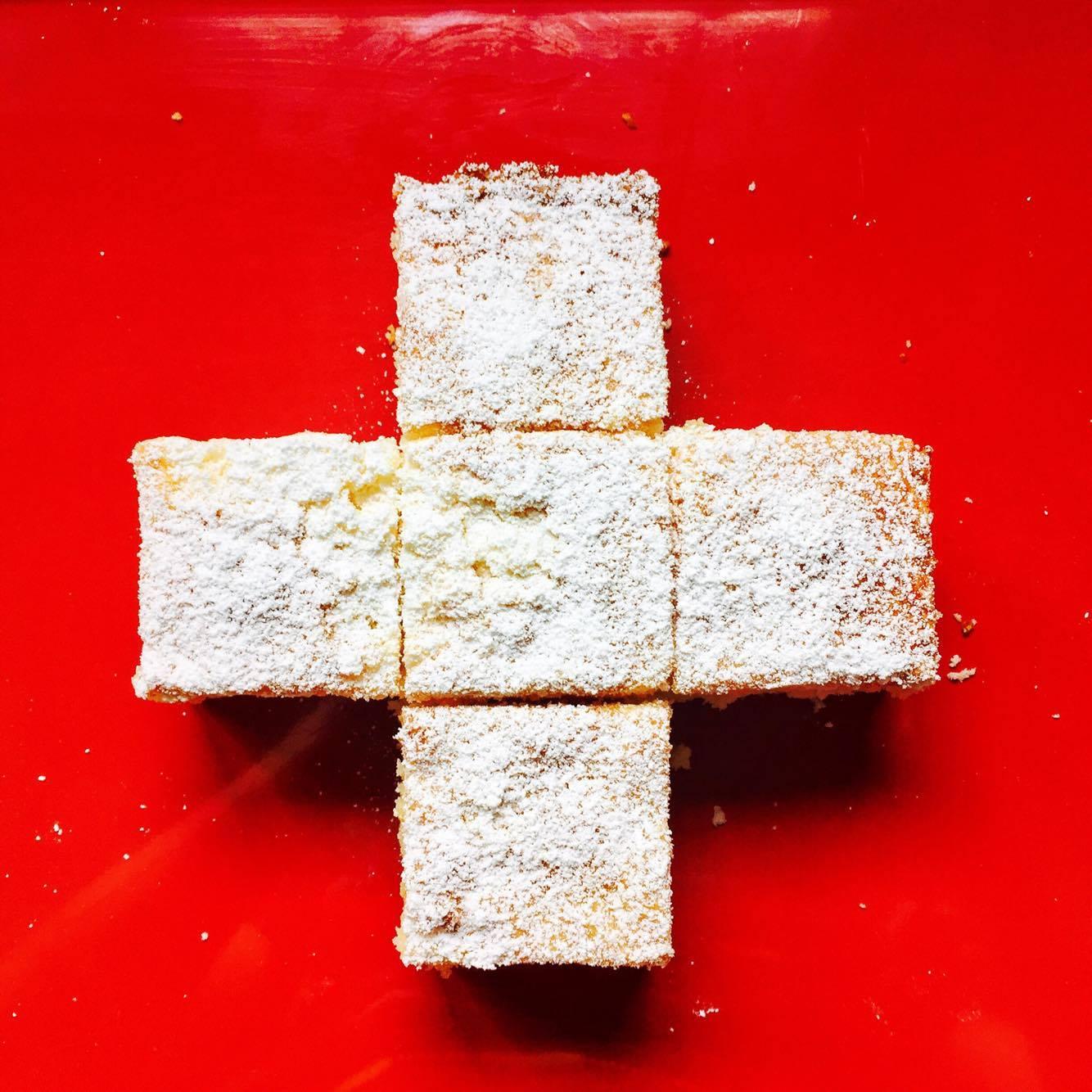
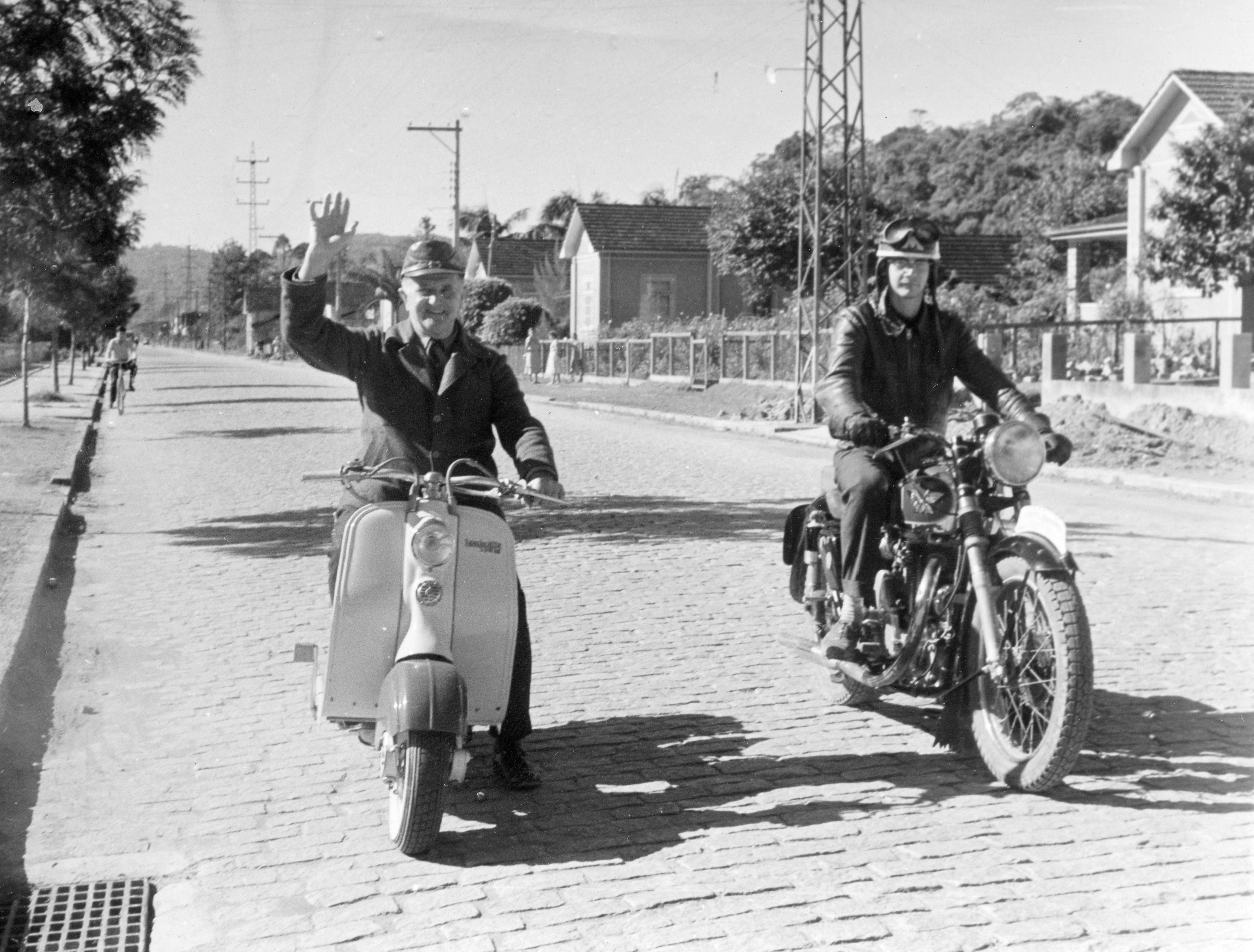


You can find an overview of ongoing debates with our journalists here . Please join us!
If you want to start a conversation about a topic raised in this article or want to report factual errors, email us at english@swissinfo.ch.